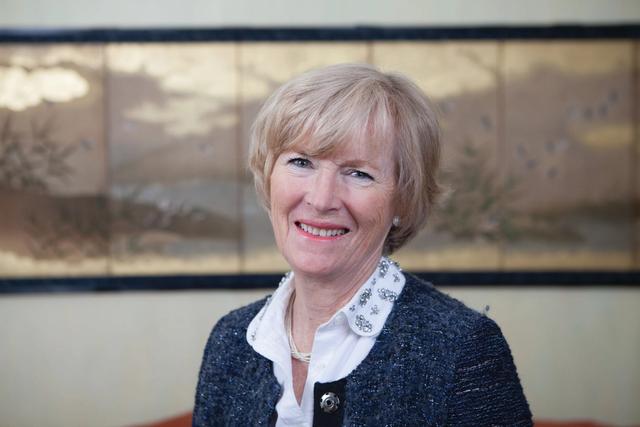Deloitte has just published its eighth Art & Finance report, produced in partnership with the data analysis company ArtTactic.
One interesting finding concerns guarantees, the instruments which have been greatly used by the auction houses to bring in consignments—they reassure vendors that they are sure to sell their works. And they give an edge to third-party guarantors, who get a financing fee or a reduction on the price if they do acquire the work.
But according to Deloitte, guarantees are down almost 30% this year compared with last year, and also earning less: the returns fell from 21.4% in 2021 to 9% in 2023.
With a tense international context, rising interest rates and high inflation already impacting the art market, I wondered whether this finding meant that a cooling market made guarantees less profitable, or were guarantors getting cold feet and so spooking the market?
Harry Smith, the executive chairman of the art advisory firm Gurr Johns, says he is unsurprised by the figures. “I do know that recently a number of guarantors got landed with the works they backed. That may not have been their intention—as they may have been hoping to make a quick profit. If so, they will have to resell the work but a profit might not be easy to achieve. As a result fewer guarantors are stepping forward, and you enter a cycle of decline.”
Smith continues: “There is no doubt that guarantees have given stability to the market, but at the same time there is a potential conflict of interest. The auction houses are agents acting for the vendor, but once they have got a third party to guarantee a work, they may find that their interests are conflicted. They will be paying a fee to the third party…”
And he concludes: “For vendors, accepting a guarantee can be a bad deal, especially if the hammer price materially exceeds the guarantee level.
"The auction house gets back the ‘enhanced hammer’ [part of the buyer’s premium] and the guarantor receives a significant part of the upside over the guarantee on the sale, so the vendor may lose on both fronts. However, a guarantee does provide predictability in a market that has recently become more uncertain, so there is a real benefit there—especially if there are taxes or other financial commitments in prospect.”
A rather different point of view comes from Freya Stewart, the chief executive officer of art finance and general counsel at The Fine Art Group, which has done, she says: “hundreds of millions of dollars in guarantees.” She has another way of looking at the figures. “You could interpret the decrease in the value of guarantees as a sign of relative market confidence.” She told me: “It could be an indication of sellers not wanting to give up economic return on their sale for the certainty of a sale via a guaranteed bid.”
According to Stewart, the number of those providing third-party guarantees has skyrocketed in the past ten years. “Back then, there were just a handful of very big collectors and dealers, and The Fine Art Group, doing this.” But now, she says, “The numbers have increased ten-fold; there are more regular collectors now giving guarantees, so it has become a more retail market.”
But given that other retail markets are also suffering, it comes as no surprise that a chill wind seems to be blowing through this aspect of the art trade too.



